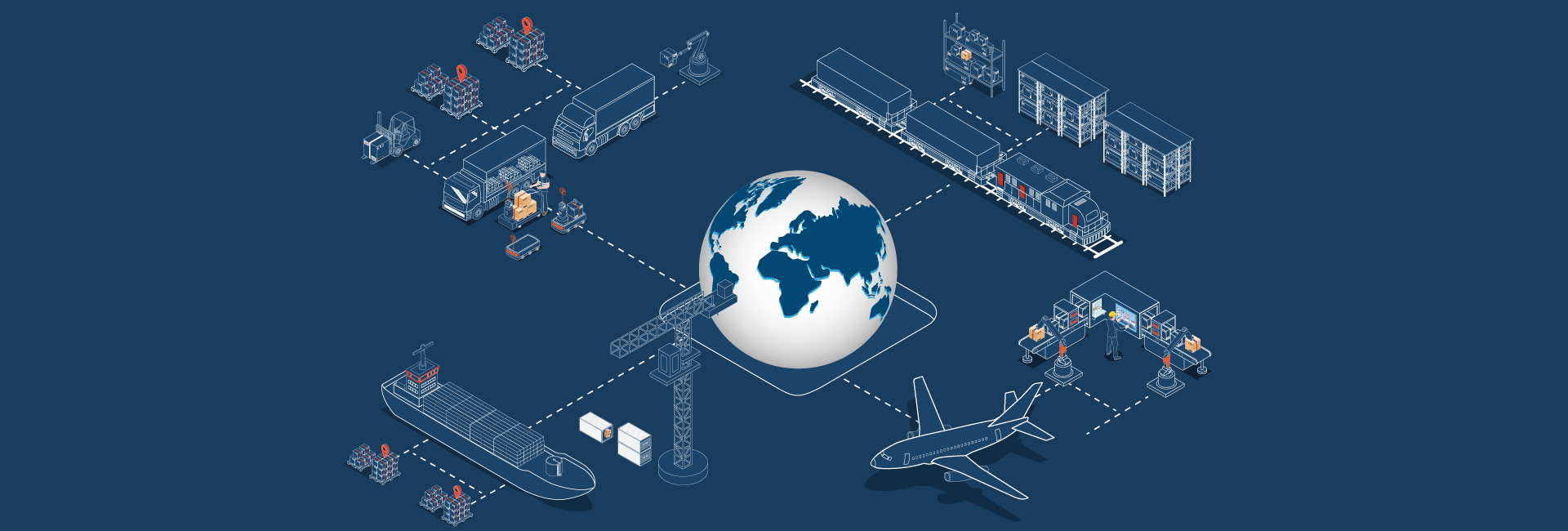
U.S. job growth surprises economists despite a manufacturing slowdown
The United States added 147,000 jobs in June, beating economists’ expectations of 110,000 and continuing a steady pace despite concerns over trade and fiscal uncertainty.
By the numbers: The unemployment rate fell to 4.1% while the labor force participation rate dipped to 62.3% from 62.4%, the lowest since 2022. Revisions to previous months showed stronger job growth in April and May than initially reported.
The big picture: Job growth was concentrated in state and local government and healthcare sectors. This is a contrast to manufacturing jobs that declined for the second straight month, as overall manufacturing activity fell for the fourth consecutive month.
The Federal Reserve (the Fed) officials were divided at their June meeting on how soon or aggressively they would cut rates, balancing tariff concerns against economic indicators. President Trump said it’s unlikely that he will fire Fed Chair Jerome Powell but suggested his removal due to an over-budget building renovation. The Fed will meet again on Tuesday, July 29 and Wednesday, July 30.
The Consumer Price Index rose 0.3% in June, lower than economists’ predictions, setting the annual inflation rate at 2.7%. The Producer Price Index remained unchanged in June at 2.6%, surprising economists who had expectations of a 0.2% increase.

Shipping costs cooled down in June
Following a spike in ocean shipping costs due to shippers moving goods ahead of tariffs, prices decreased in June. The Drewry Container Index reported a 24% decline from the previous month and a 55% decrease from the same period last year. Ongoing trade negotiations are expected to keep prices volatile.
By the numbers: Container import volumes rebounded in May, rising 2% over the previous month, despite being down from 2024 levels. However, they remain over 10% above prepandemic averages, suggesting strength in the ocean market despite challenges.
- Import volumes from China fell nearly 30% in June and China’s share of total U.S. imports dropped to 28.8%, down from a peak of 40% the previous year.
- Attacks on cargo ships in the Red Sea have escalated, resulting in increased shipping delays and higher transportation costs. Rerouting vessels around the Cape of Good Hope will add an average of 7 to 10 days.

The trucking market faces slow growth in 2025
The trucking market is bracing for soft freight volumes and limited growth this year, as tariffs and economic uncertainty continue to weigh on demand.
By the numbers: Flatbed capacity remains tight despite carrier exits slowing in Q2. Per-mile rates are up 3% month-over-month but are flat compared to last year and down 3%–5% over the past two years, remaining at historically low levels.
- Class 8 truck orders are slowing, signaling carriers are holding back on new investments.
- Diesel fuel prices are stable, remaining 5% below the five-year average.

New tariffs on copper impact manufacturers
The Trump administration will impose a 50% tariff on copper imports, with more sector-specific duties expected. The move, aimed at boosting domestic production, could significantly impact American manufacturers that rely on imported copper.
By the numbers: Copper prices have increased 8% year-over-year. Domestic shares rose and futures jumped 13% on July 9. Aluminum prices increased 25% year-over-year. Lumber prices declined slightly month-over-month but remain approximately 25% higher than they were last year. Brent crude oil prices rose approximately $7 per barrel month-over-month, with Western Texas Intermediate prices following a similar trend.
- Canada is considering financial assistance for its major aluminum producers if the United States maintains its 50% tariffs. Tariffs on non-USMCA-compliant Canadian goods are set to rise to 35% on Friday, August 1.
- Businesses in India say they find it difficult to compete in the U.S. market while they are already struggling in their domestic market due to cheaper goods from China.
- The United States and the United Kingdom agreed to lower steel tariffs to 25%, but the United Kingdom continues to seek a full exemption.
- The U.S. oil and gas sector slightly contracted in Q2, as higher steel tariffs weighed on drilling activity.
- PVC prices are trending down slightly due to a supply surplus and weak construction demand. Rising logistics and input costs could pose a risk for future infrastructure projects.
- Lumber prices dipped slightly month-over-month but remain 25% above 2024 levels. Tariffs on Canadian softwood lumber could add more volatility. Canada supplies over a quarter of softwood lumber to the United States.
The bottom line: The introduction of new tariffs adds to the volatility in the commodity landscape, as negotiations and evolving tariffs and trade relationships drive uncertainty in both demand and costs.

New tax and spending bill to end renewable energy incentives
President Trump signed the new tax and spending bill into law on July 4, which scales back Inflation Reduction Act provisions, including tax credits for renewable energy and electric vehicles.
- Federal tax credits for electric vehicles will expire for consumers after Tuesday, September 30.
- Wind and solar energy projects will be eligible for tax credits if they begin construction within 12 months of the bill’s signing.
Shares of major solar companies dropped by up to 13% after President Trump announced new restrictions on renewable energy tax incentives.
